It’s Inauguration Day in the US. All eyes are on Washington DC, where Donald Trump will take oath as the 47th president of the United States.
Since his election on November 5 until noon today (local time), he will be president-elect. He will take charge only and move into the White House after the inauguration ceremony at the US Capitol.
For now, Joe Biden is still US president.
So while America voted for its new president on November 5, why did it have to wait until January 20 for Trump to take charge?
Why is there a gap between the election and inauguration?
In most democracies, new leaders take charge quickly once election results are announced. However, the United States works differently. There is an almost 11-week transition period.
More than two months seems like a long wait, but the US Constitution earlier allowed four months for the transfer of power between the incumbent president and the successor.
Federal elections in the US have been held on the first Tuesday of November. While states had different election dates, a law in 1845 established a uniform date.
Until the 20th Amendment of the US Constitution was adopted in 1933, the new president would take office on March 4. However, there have been exceptions when a vice president took oath after the death of a sitting president.
**
**
According to Jim Bendat, author of “Democracy’s Big Day: The Inauguration of Our President, 1789-2013”, in 1789, the Continental Congress, the American governing body before the first election, set the first Wednesday in March (March 4) for the presidential inauguration. The decision was based on logistics, as it would take time for members of the US Congress and the presidential team to relocate to the capital.
“Back in the early days of the country, it took a long time to travel, particularly from the West Coast to Washington, DC. So, they needed a long period of time between the election and swearing in of the president to get everything in order,” Bendat was quoted as saying by Live Science.
However, it took even longer to get things in order. The first inauguration took place more than a month and a half after it was earlier planned – April 30, 1789. The ceremony was rescheduled as not enough Congress members could arrive in time for George Washington’s inauguration, according to Bendat.
After the first ceremony, the US Congress decided to keep March 4 as the day of presidential inauguration in the future. This was done not only keeping the transition period in mind but also because a study of calendars revealed that this day would least likely fall on a Sunday – a day to go to Church. Back then, religious politicians wanted to avoid any official business on this day, Bendat said, according to Live Science.
Even today, if the date of inauguration is on a Sunday, a private ceremony is held on that day. However, the grand public ceremony is held the next day, like it was done in the case of Barack Obama’s second inauguration, the report says.
Why was the inauguration date moved to January?
As years passed and transportation and technology transformed lives, the wait from November to March made little sense. People could get across the country quicker and the four-month-long “lame-duck” period between Election Day and inauguration became redundant.
These four months seemed wasteful, especially during times of turbulence like political unrest or the Great Depression.
“This long delay caused problems. In the ‘secession winter’ after the election of Abraham Lincoln, President James Buchanan watched as secessionists seized federal forts and arsenals. By March 1861, when Lincoln finally took office, the Civil War was nearly lost before it even began,” says a paper “Exploring Constitutional Law” by the University of Missouri-Kansas City School of Law.
The ”lame duck” period of President Herbert Hoover came during the Great Depression, a period of severe global economic downturn that saw high unemployment and business failures. “Hoover and [his successor] Franklin Roosevelt barely communicated and the country waited for decisive action from its newly chosen leader,” the paper says.
The 20th Amendment was proposed and adopted after this. There was a debate between the Senate and the House of Representatives on when to hold the ceremony. The first wanted January 15 and the latter January 24, Bendat said, according to Live Science. However, they reached a compromise. The date of inauguration was then moved from March to “noon of 20th day of January”.
Under the American Constitution, the current president continues to hold full power until 11:59:59, and then power shifts to the new one at noon on January 20.
**
**
Why is there still a gap?
While travel time is no longer a concern, a smooth transition is. Hence, there is an approximate 11-week gap between the election and the swearing-in of the new president.
Once election results are out and the winner is declared, it gives the president-elect and their team time to prepare for governance. This includes putting together a Cabinet, outlining and developing policies, and addressing important national issues. It also gives the new administration time to prepare the groundwork for their term.
The gap also keeps in mind the Electoral College system, which governs the US election. It determines the official winner of the presidential election weeks after the popular vote. The system, which applies exclusively to presidential elections, was established in the Constitution of 1787. The founding fathers, at the time, believed that the voters could not make an informed choice and hence the popular vote was not bankable for picking a president.
The Electoral College was created as a compromise between those who supported the popular vote and those who believed the US Congress should pick the president. State legislatures are tasked with appointing electors to form the Electoral College.
**
**
The winner of the popular vote is declared when the counting ends but the electoral votes take time to count. The swing states often take longer to call the election, which could delay the final results.
The winner declared after Election Day counting is the projected winner. The official president-elect is declared only after electoral votes are taken into account and states verify them.
The US States have their certification deadlines, some of which extend into December, according to the Election Assistance Commission. Often recounts and legal challenges could arise between a race being projected by media networks and the results being certified, according to an ABC News report.
The Electoral College vote took place in mid-December (17 December) when the electors met in the states to vote for president and vice president.
Hence, Trump is still not America’s ‘official’ 47th president. He is almost there… just a few hours away.
With inputs from agencies


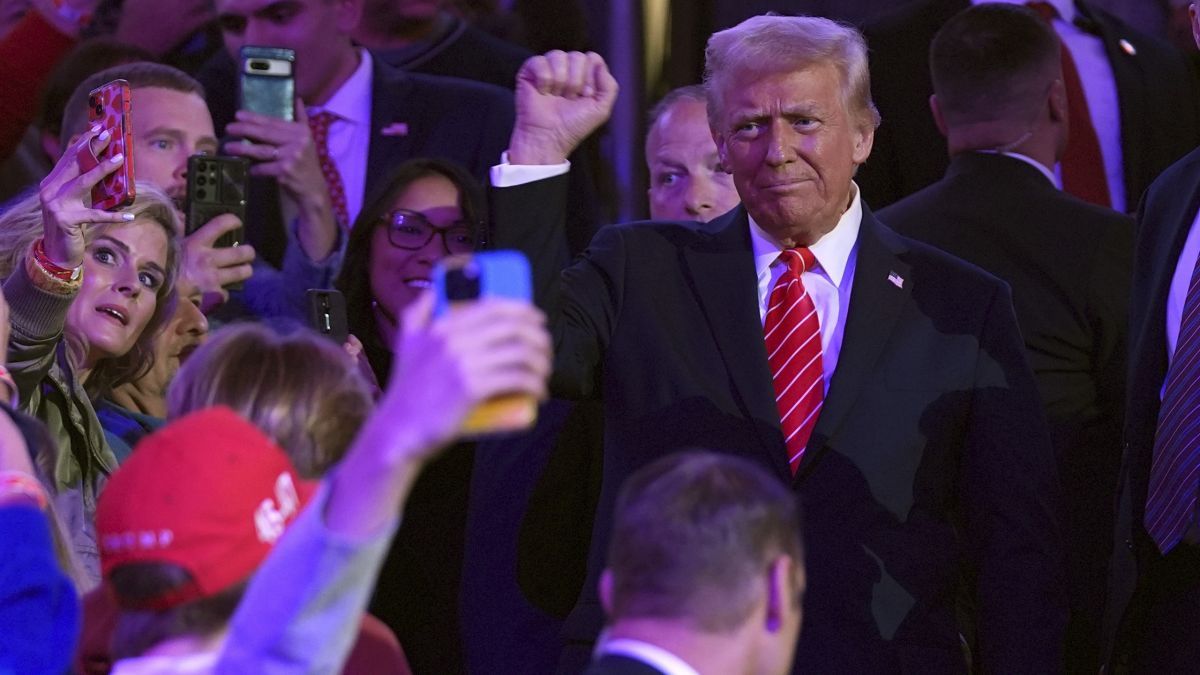)
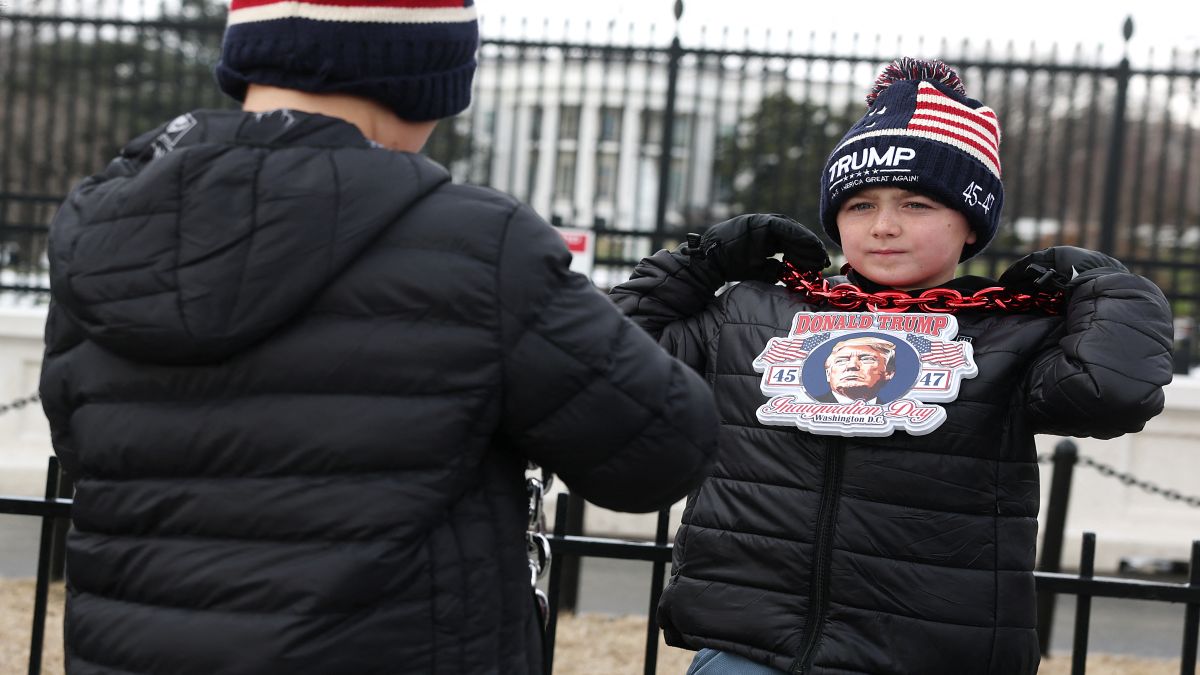)
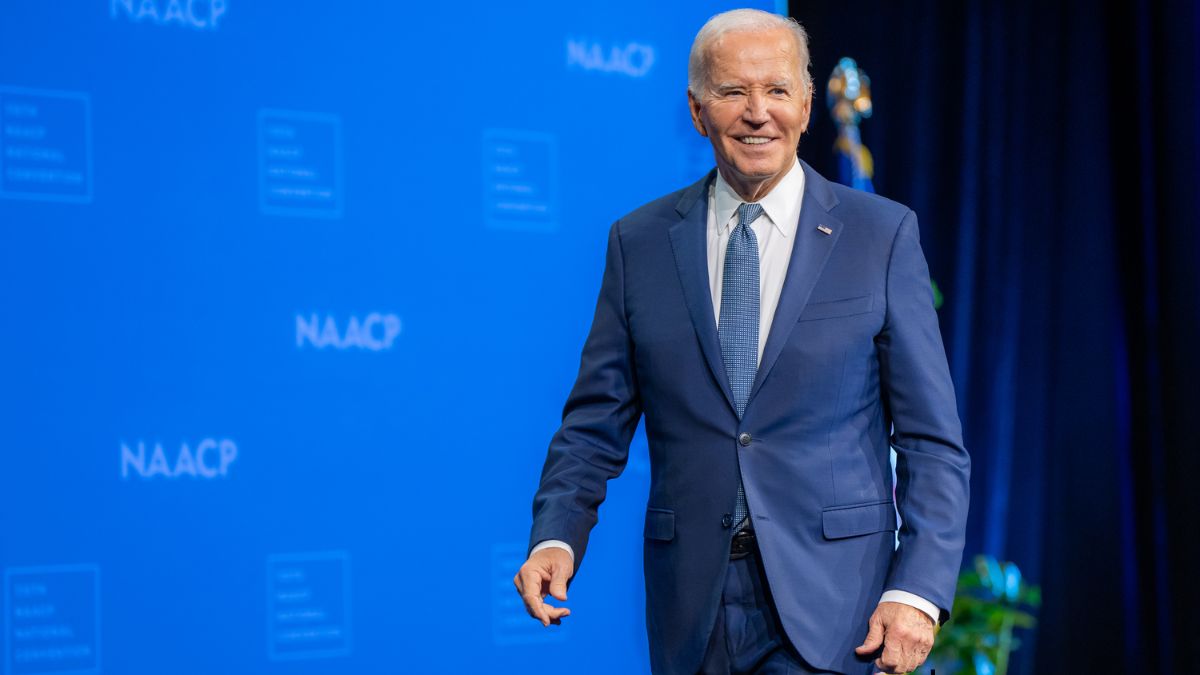)
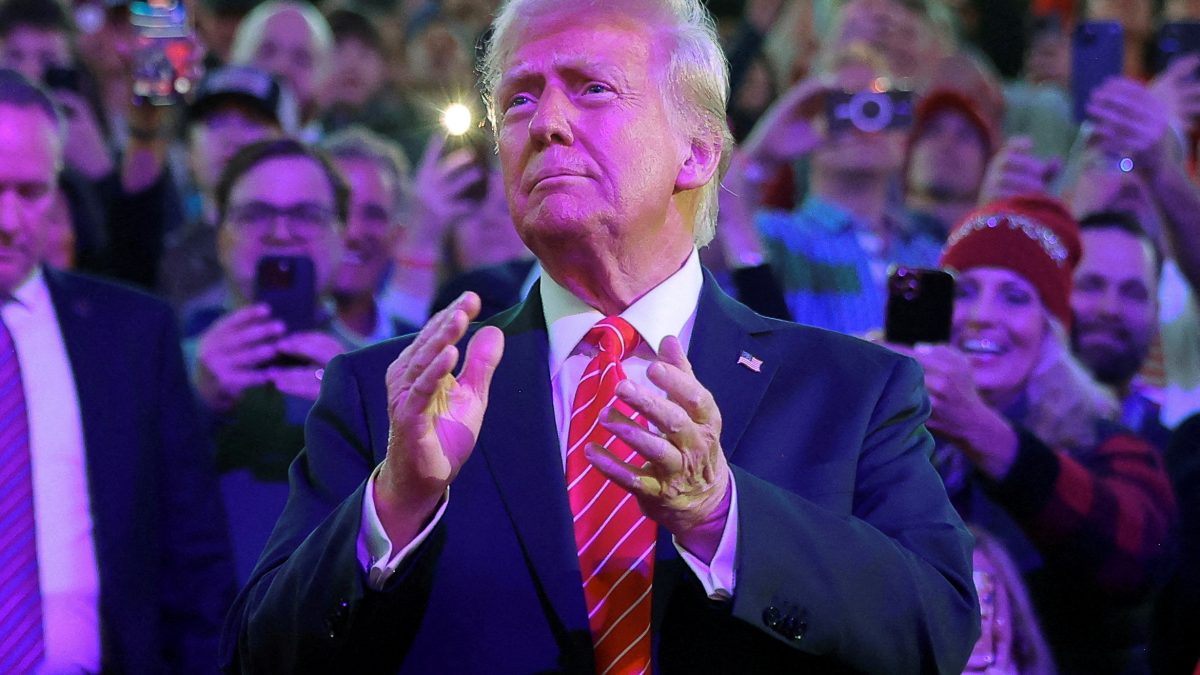)
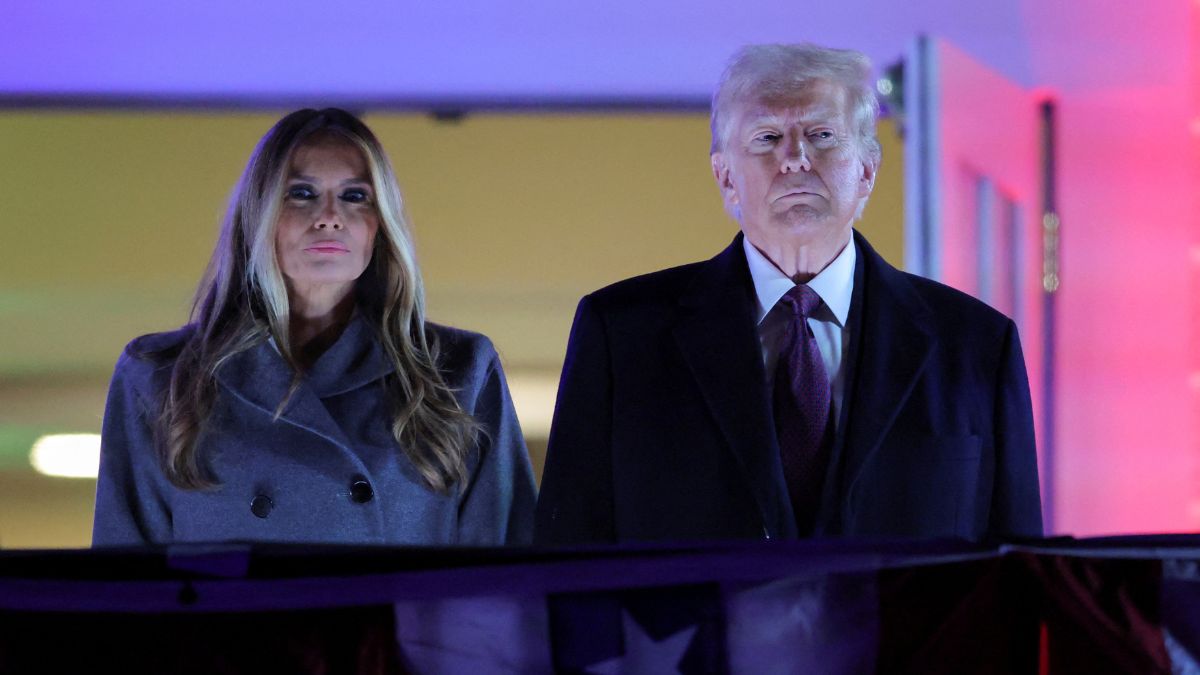)
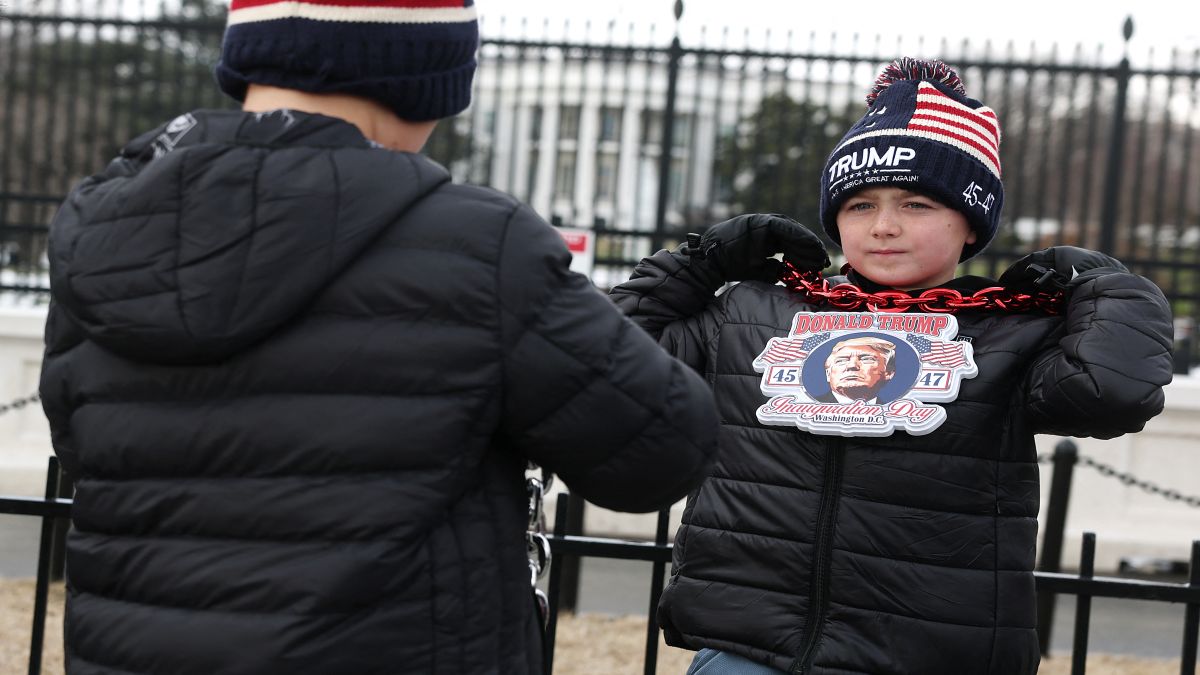)
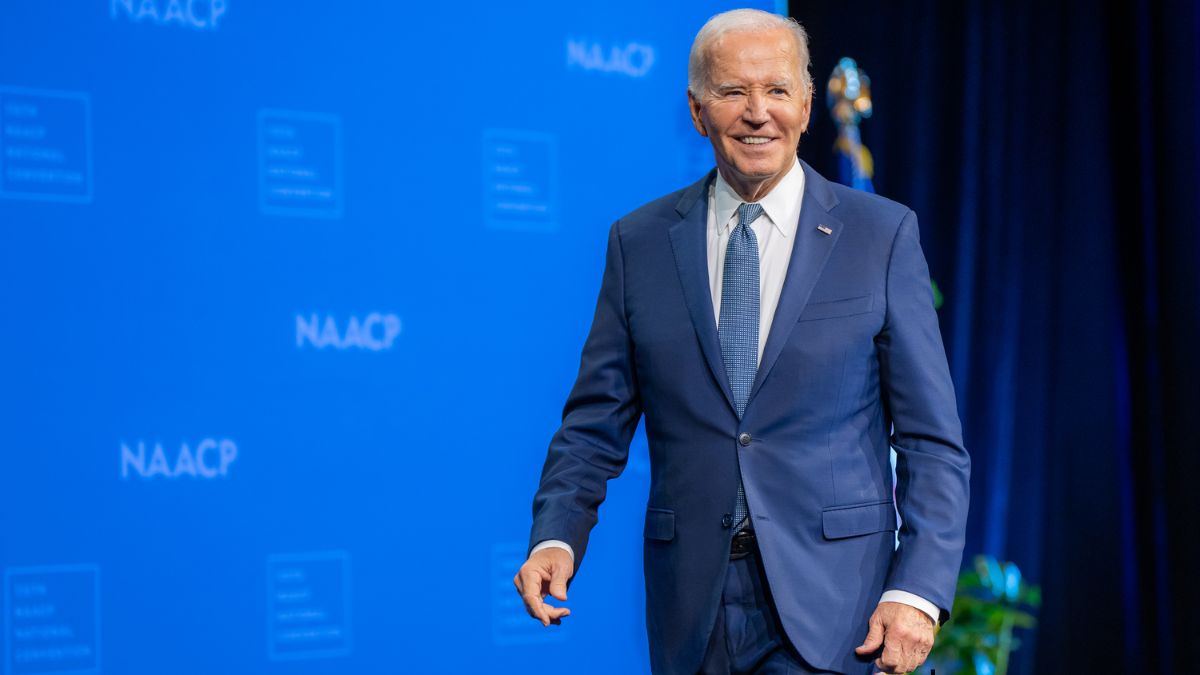)
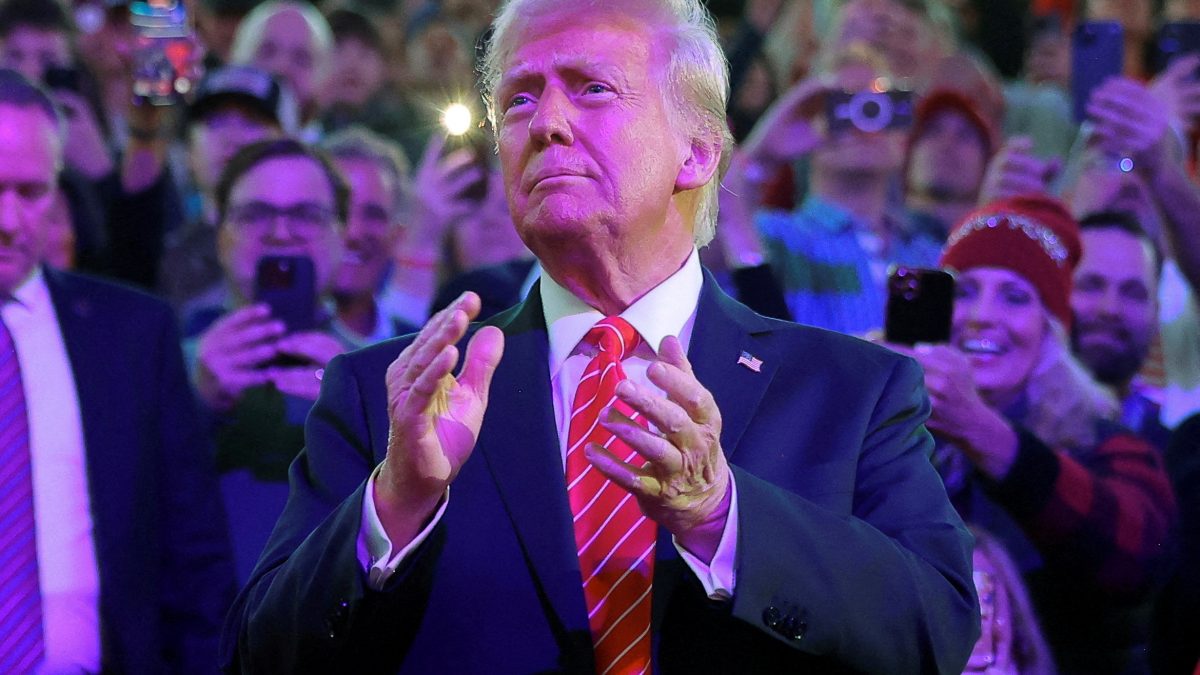)
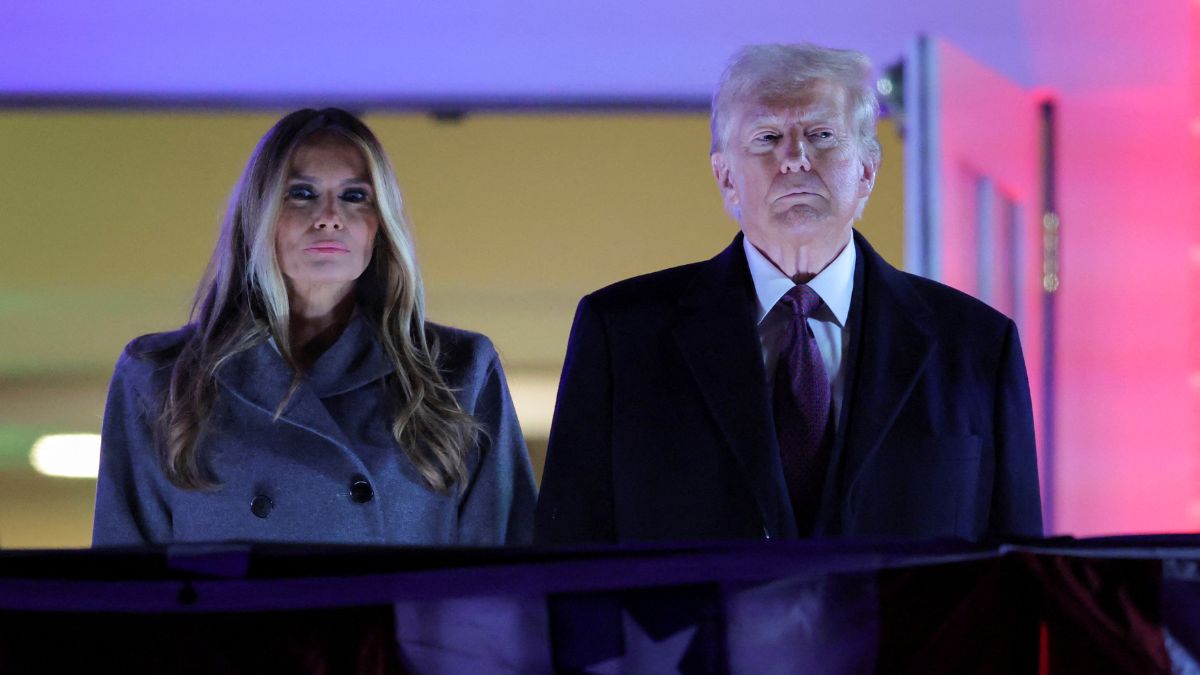)



